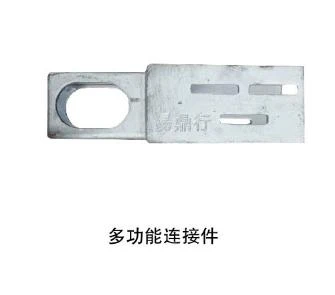
cross laminated timber vs steel
Cross-Laminated Timber vs. Steel A Comparative Analysis
In the realm of modern construction, the choice of materials is critical to the sustainability, durability, and aesthetic appeal of structures. Among the numerous options available, cross-laminated timber (CLT) and steel stand out as two popular contenders. Each material has its unique properties, advantages, and considerations. In this article, we will analyze the two materials based on various factors such as sustainability, structural performance, cost, and aesthetic qualities to determine which might be the better option for contemporary building projects.
Sustainability
Sustainability has become a crucial factor in construction, driven by the increasing emphasis on reducing carbon footprints and promoting environmentally friendly practices. Cross-laminated timber is increasingly celebrated for its sustainability credentials. As a renewable resource, CLT is made from layers of timber glued together at right angles, providing significant structural strength while maintaining a low environmental impact. Moreover, responsibly sourced timber can sequester carbon dioxide for extended periods, making it a more environmentally friendly choice compared to conventional building materials.
Steel, while extensively recyclable, has a more significant environmental impact during production, which involves high energy consumption and greenhouse gas emissions. The mining of iron ore, necessary for steel production, also leads to habitat destruction and soil degradation. Green steel initiatives are emerging, focusing on reducing emissions in steelmaking, but they are not yet widespread. Thus, in terms of sustainability, CLT generally holds a favorable position over steel.
Structural Performance
When it comes to structural performance, both CLT and steel offer unique strengths. CLT has exceptional load-bearing capabilities and can be used for various applications, from residential buildings to mid-rise and even some high-rise structures. Its ability to resist lateral forces, such as those caused by wind or earthquakes, makes it an attractive option for buildings in seismically active regions.
On the other hand, steel is renowned for its tensile strength, allowing it to span long distances with minimal support. This quality makes steel an ideal choice for large structures, such as bridges and industrial buildings. It also provides fire resistance when properly treated, which can be a crucial aspect in many construction projects. Ultimately, the choice between CLT and steel will depend on the specific requirements of the building project, including local building codes and structural needs.
cross laminated timber vs steel

Cost Considerations
Cost is often a decisive factor in construction material selection. Generally, steel has a higher initial cost compared to CLT. However, the long-term durability and low maintenance needs of steel can justify its cost over time. On the flip side, CLT can be more cost-effective in certain contexts, especially with the increasing availability of prefabricated options that allow for faster construction timelines, potentially reducing labor costs.
Moreover, the installation process of CLT is typically simpler and can result in less waste on site compared to steel construction, which may require extensive scaffolding and labor. Thus, while steel may come with a higher upfront investment, CLT could offer savings in labor and time, making it a competitive option from a cost perspective.
Aesthetic Qualities
The aesthetic appeal of building materials can greatly influence design choices and customer preferences. CLT provides a warm, natural look that resonates well with eco-conscious consumers and those seeking to create inviting interiors. Its wood grain finish can enhance the aesthetic of any space, adding character and aesthetic warmth.
Conversely, steel offers a sleek, modern appearance that is often associated with industrial design. Its versatility in shaping and finishing allows for innovative design solutions but may not provide the same warmth and organic feel as wood. Ultimately, the aesthetic choice will depend on the vision for the specific project and the preferences of the stakeholders involved.
Conclusion
In the debate of cross-laminated timber versus steel, the decision ultimately hinges on the specific requirements of a project and the priorities of the stakeholders involved. Each material brings its strengths to the table—CLT shines in sustainability and warmth, while steel excels in strength and design flexibility. As the construction industry continues evolving, a blend of both materials may often yield the most innovative and sustainable outcomes, taking advantage of the unique properties each has to offer.
-
The Importance of Reinforcement Bar in ConstructionNewsJul.11,2025
-
The Durability of Timber Steel FurnitureNewsJul.11,2025
-
How to Assemble Fixed Clamp Scaffolding SafelyNewsJul.11,2025
-
Essential Column Rebar Specifications for High-Rise BuildingsNewsJul.11,2025
-
Common Applications of Steel Keels in ConstructionNewsJul.11,2025
-
Benefits of Using Aluminum Scaffolding Ladders Over SteelNewsJul.11,2025
-
Stainless Steel Keel: Analysis of the Triple Advantages of Rigidity, Stability, and LightweightNewsJun.19,2025










